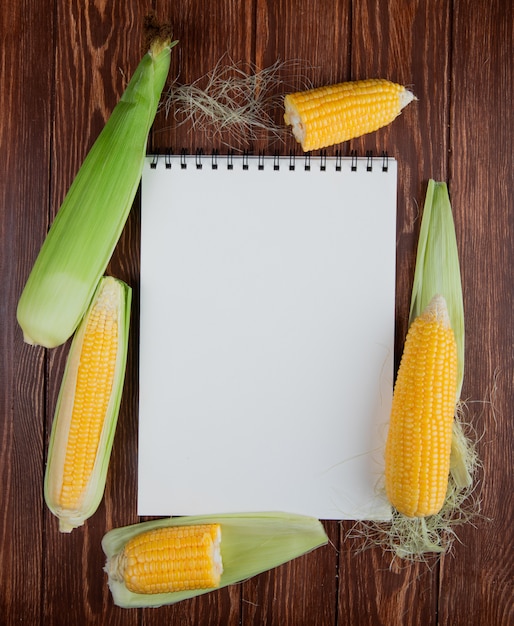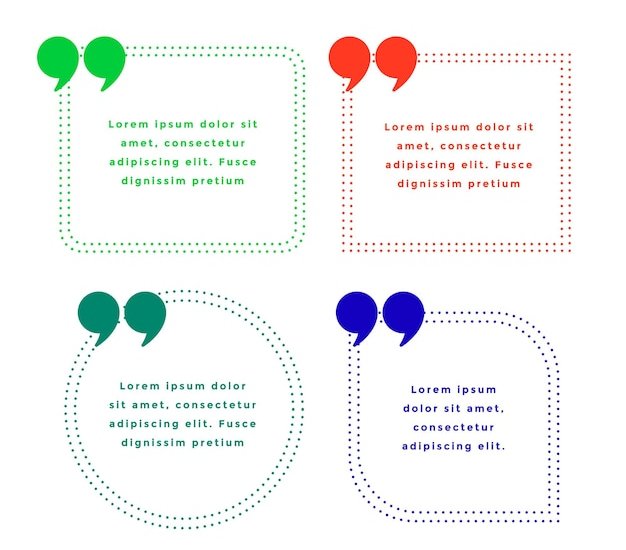Corn Facts – Discovering the Wonders of this Versatile Crop

Corn is one of the most widely cultivated cereal crops in the world.
Corn is native to the Americas and was first domesticated by indigenous peoples.
There are many different varieties of corn, including sweet corn, popcorn, and field corn.
Sweet corn is a popular vegetable that is eaten fresh or cooked.
Popcorn is a type of corn that pops when heated, creating a delicious snack.
Corn is a rich source of carbohydrates and provides energy.
Corn is also a good source of fiber, which aids in digestion.
Corn is a versatile ingredient and is used in a wide range of dishes, from cornbread to tacos.
Corn kernels can come in a variety of colors, including yellow, white, and even purple.
The husk of an ear of corn acts as a protective covering for the kernels.
Corn is often used as livestock feed due to its high nutritional value.
Corn is used to make a variety of food products, including cornmeal, corn syrup, and corn oil.
Corn can be ground into flour and used to make cornbread, tortillas, and other baked goods.
Field corn, also known as corn for grain, is primarily used for animal feed and industrial purposes.
Corn is an important crop for biofuel production, as it can be converted into ethanol.
The United States is the largest producer of corn in the world.
Corn has a long growing season and requires warm temperatures to thrive.
Many Native American tribes consider corn to be a sacred and symbolic crop.
Corn Facts – Discovering the Wonders of this Versatile Crop part 2
Corn was an important staple crop for early American settlers.
Corn mazes are a popular attraction during the fall season.
Corn silk, the fibers that grow on the ear of corn, can be used to make herbal teas.
Corn can be dried and used for decorative purposes, such as creating corn husk dolls.
Corn stalks can be used as fuel, as they burn easily and produce heat.
Ancient civilizations, such as the Mayans and the Incas, revered corn and considered it a gift from the gods.
Corn is a drought-tolerant crop, making it suitable for growing in arid regions.
Corn allergies are rare but can cause symptoms such as hives and digestive issues.
Corn is pollinated by wind, as the male flowers release pollen that is carried by the breeze.
Corn is a monoecious plant, meaning it has separate male and female flowers on the same plant.
Corn can be genetically modified to enhance its nutritional content or improve resistance to pests.
Corn silk can be used topically to soothe skin irritations, such as sunburns or rashes.
Corn is a versatile ingredient in Mexican cuisine, used in dishes such as tamales and pozole.
Corn can be boiled, steamed, grilled, or roasted and enjoyed as a side dish.
Corn is the main ingredient in the popular snack food, corn chips.
Corn can be processed into high-fructose corn syrup, which is a common sweetener used in many processed foods and beverages.
Cornstarch, derived from corn, is often used as a thickening agent in cooking and baking.
Corn can be fermented and turned into various alcoholic beverages, such as corn whiskey or corn beer.
The grain of corn is made up of three main parts: the endosperm, germ, and bran.
Corn is a source of vitamins such as vitamin B6, thiamine, and niacin.
Corn is low in fat and cholesterol, making it a nutritious part of a balanced diet.
In some cultures, corn is considered a symbol of fertility and abundance.
Corn is a symbol of harvest and is often associated with the autumn season.
The word corn can refer to different crops in different countries. For example, in the UK, corn refers to wheat.
Corn can be ground into a fine powder to make cornstarch, which is commonly used in baking and as a thickening agent in sauces and soups.
Corn silk has been used in traditional medicine to treat urinary tract infections and kidney stones.
Corn is a versatile crop with a rich history and continues to be an important part of our food system.

